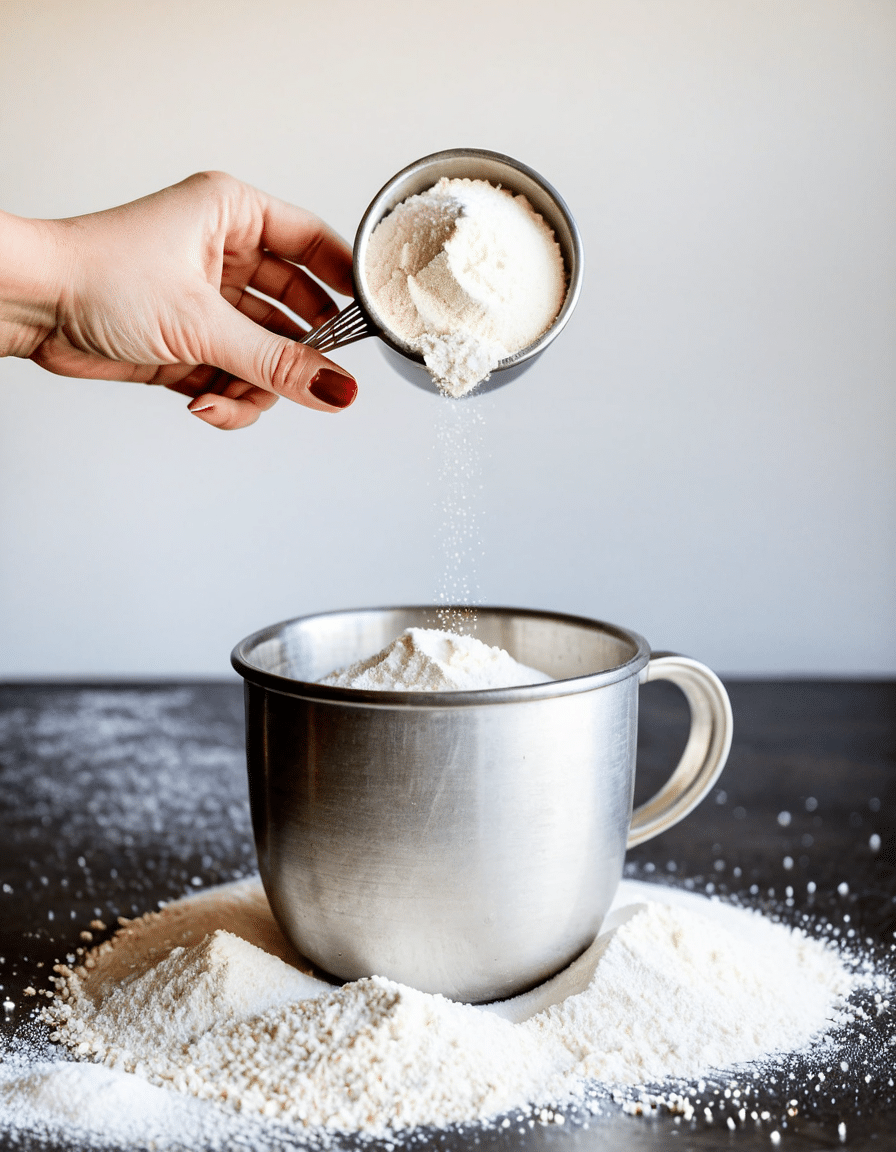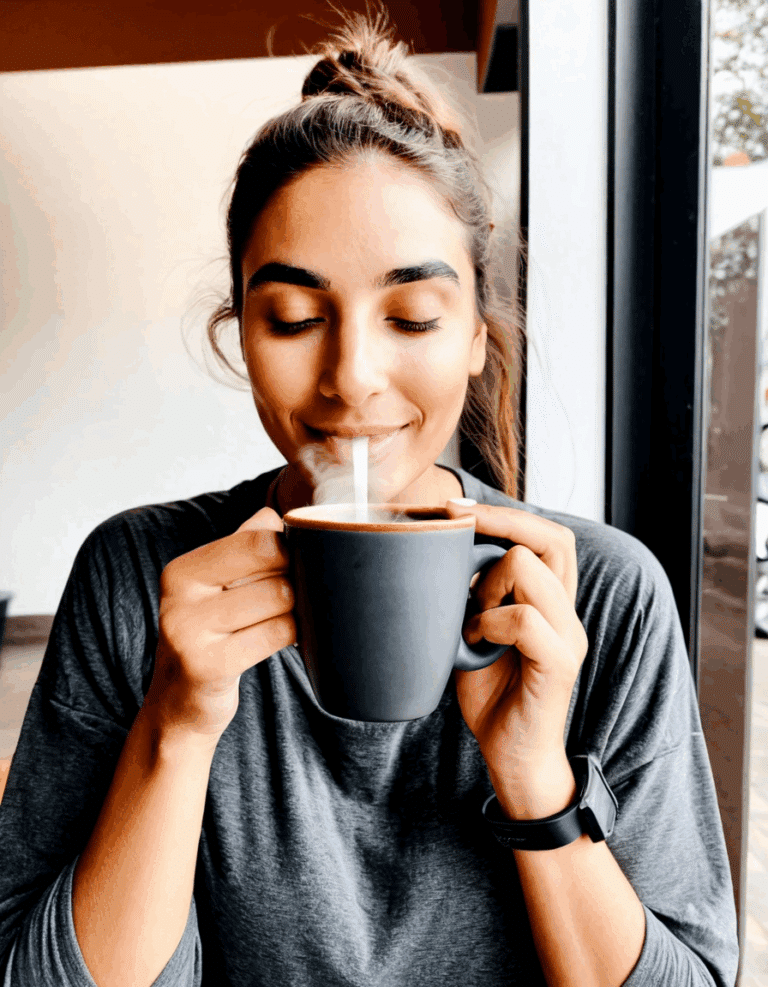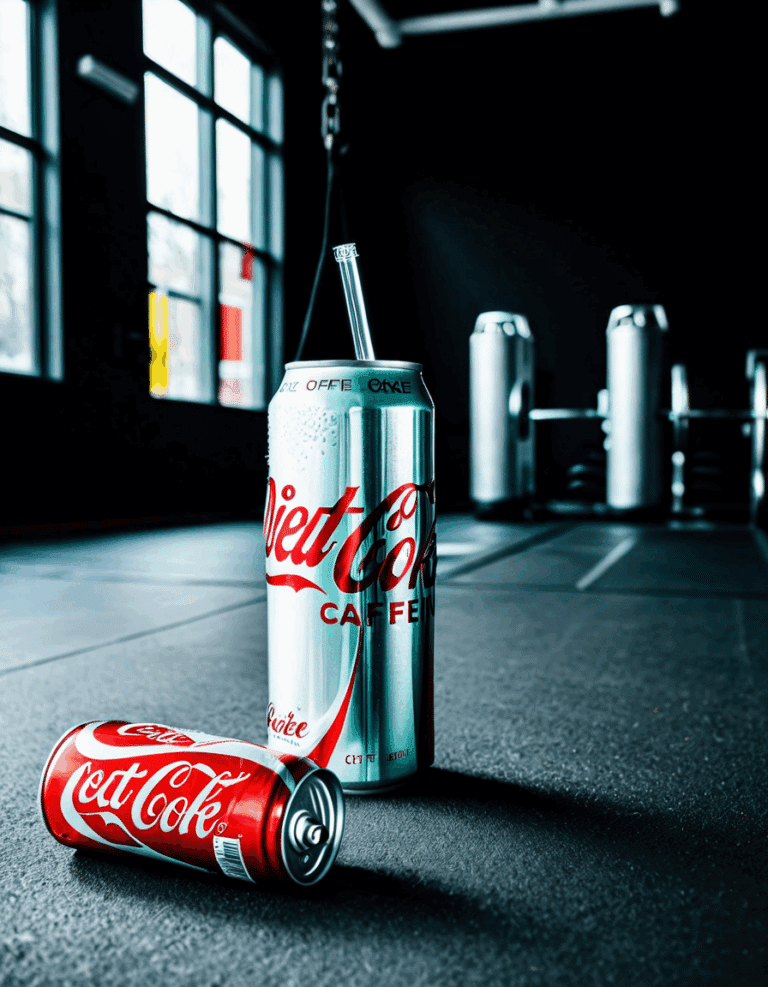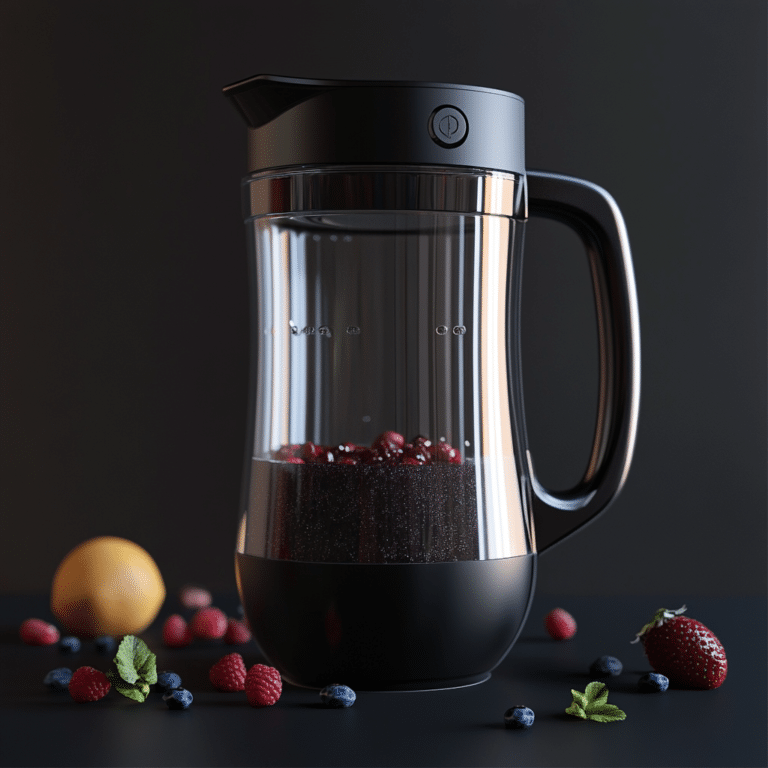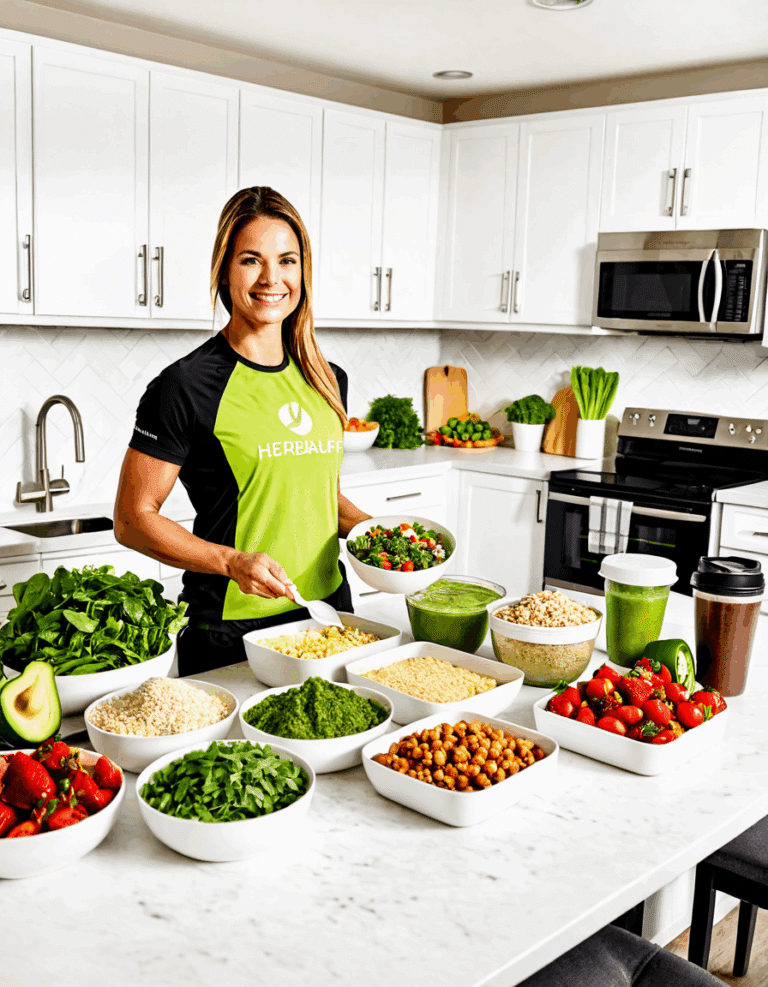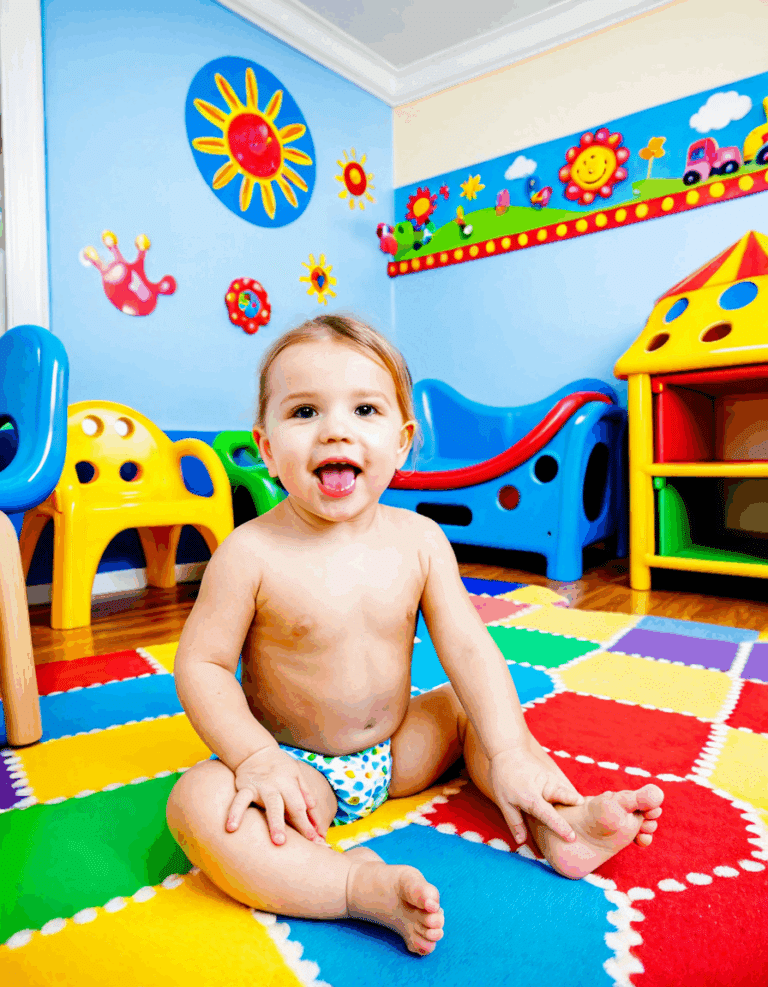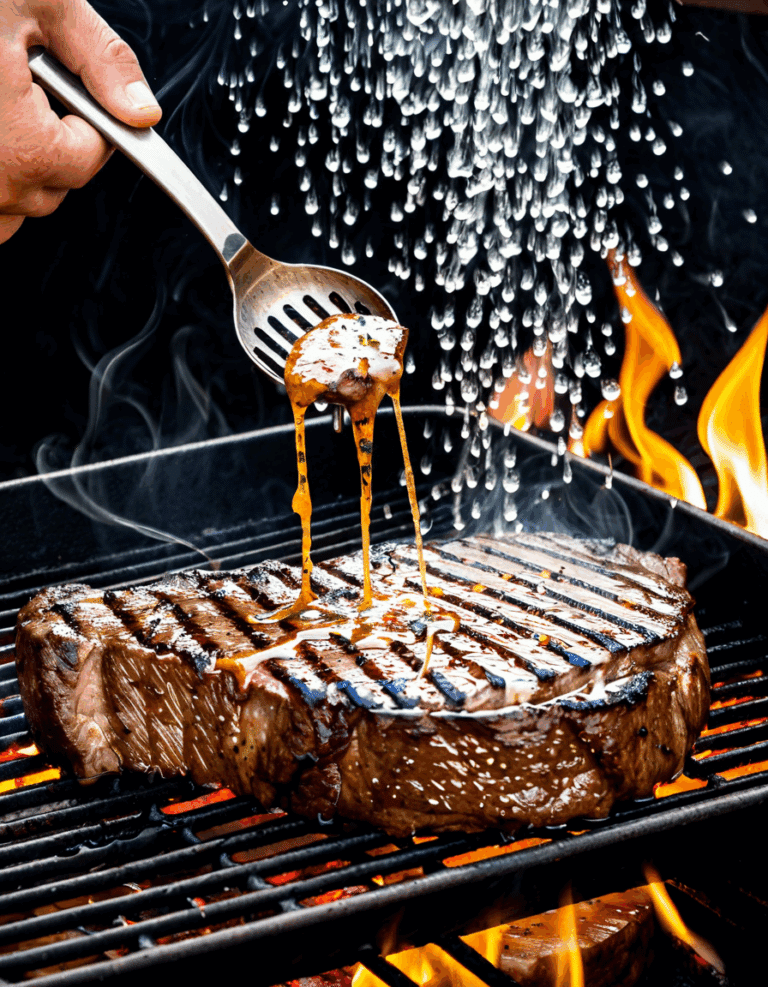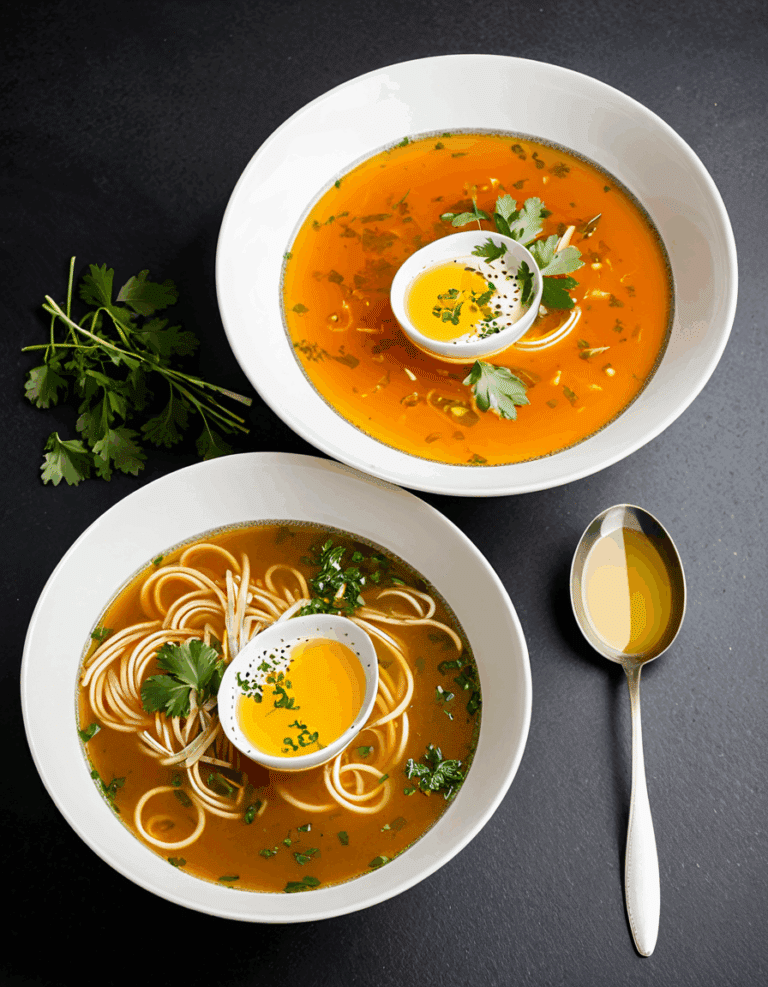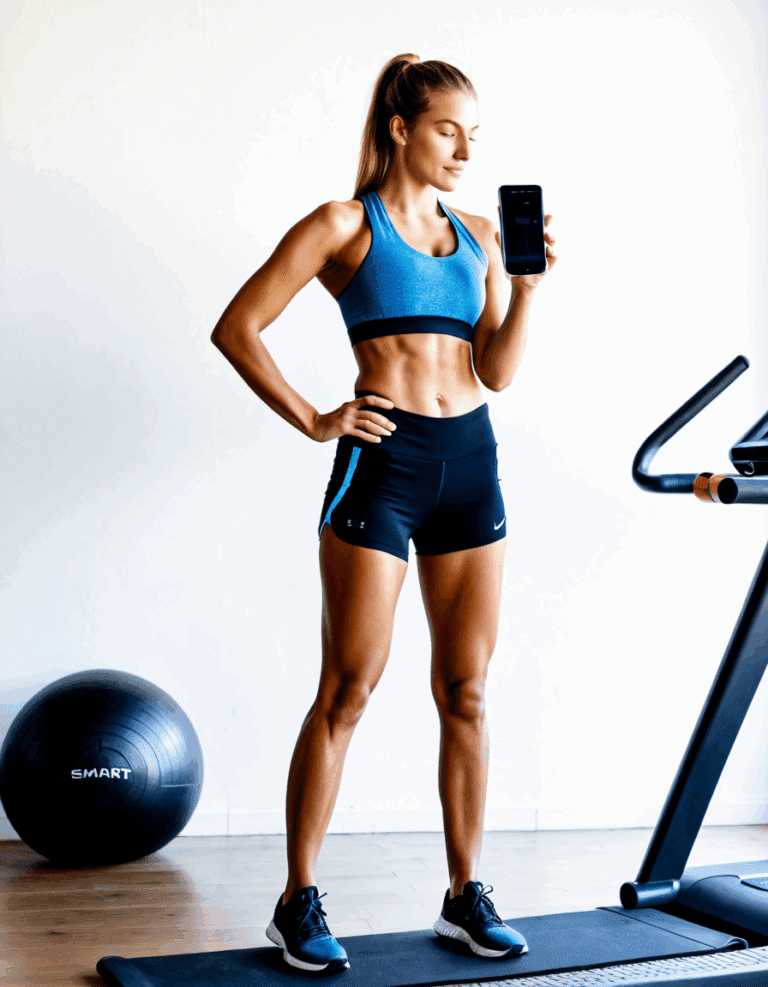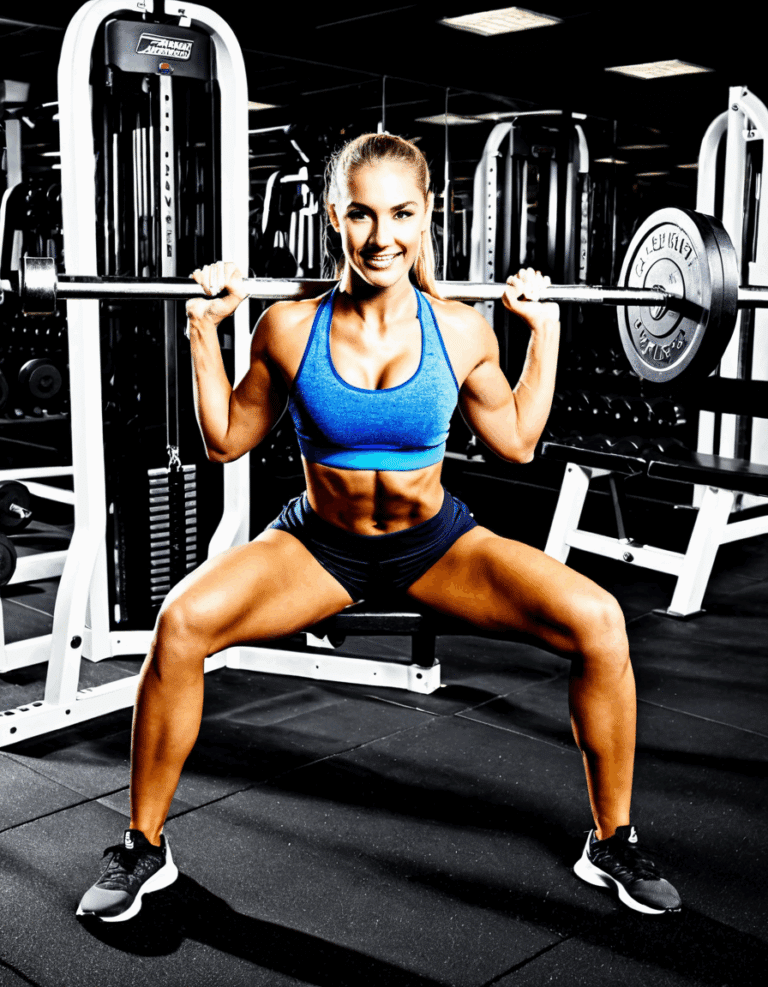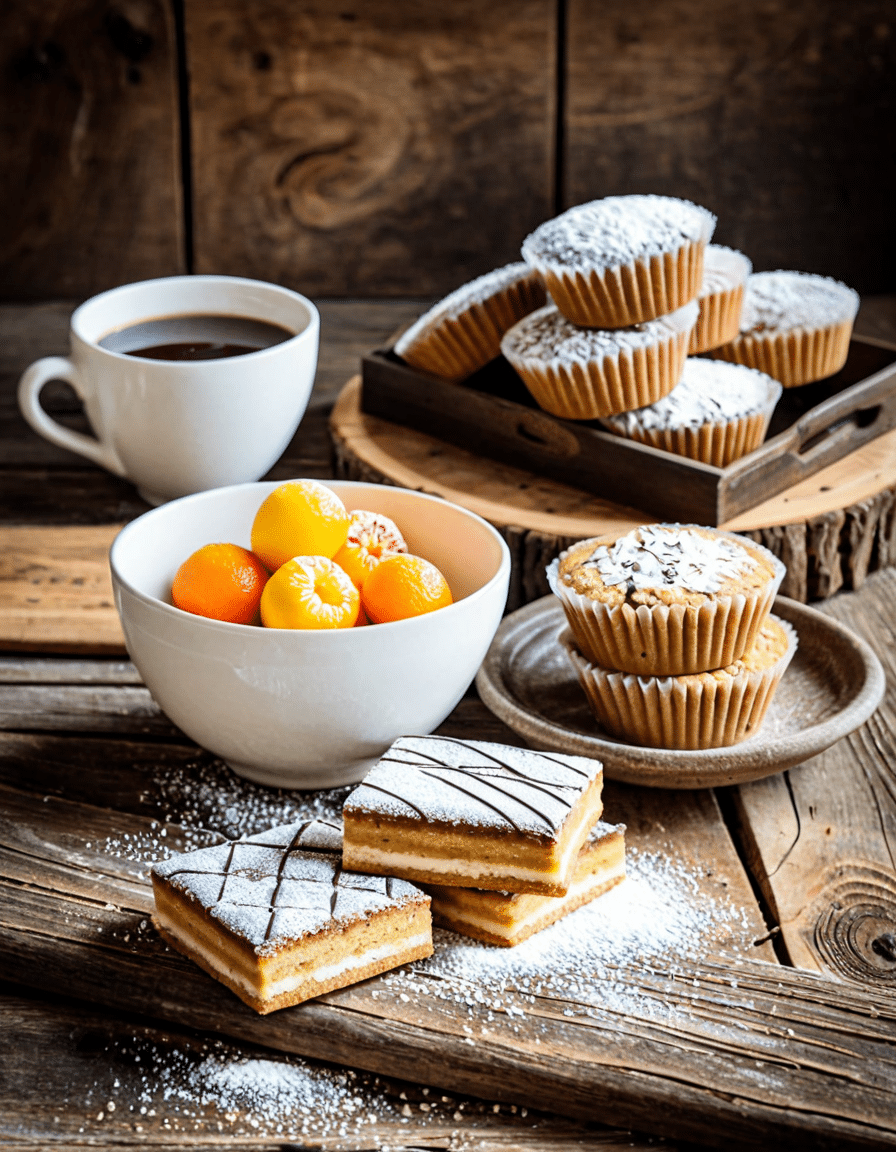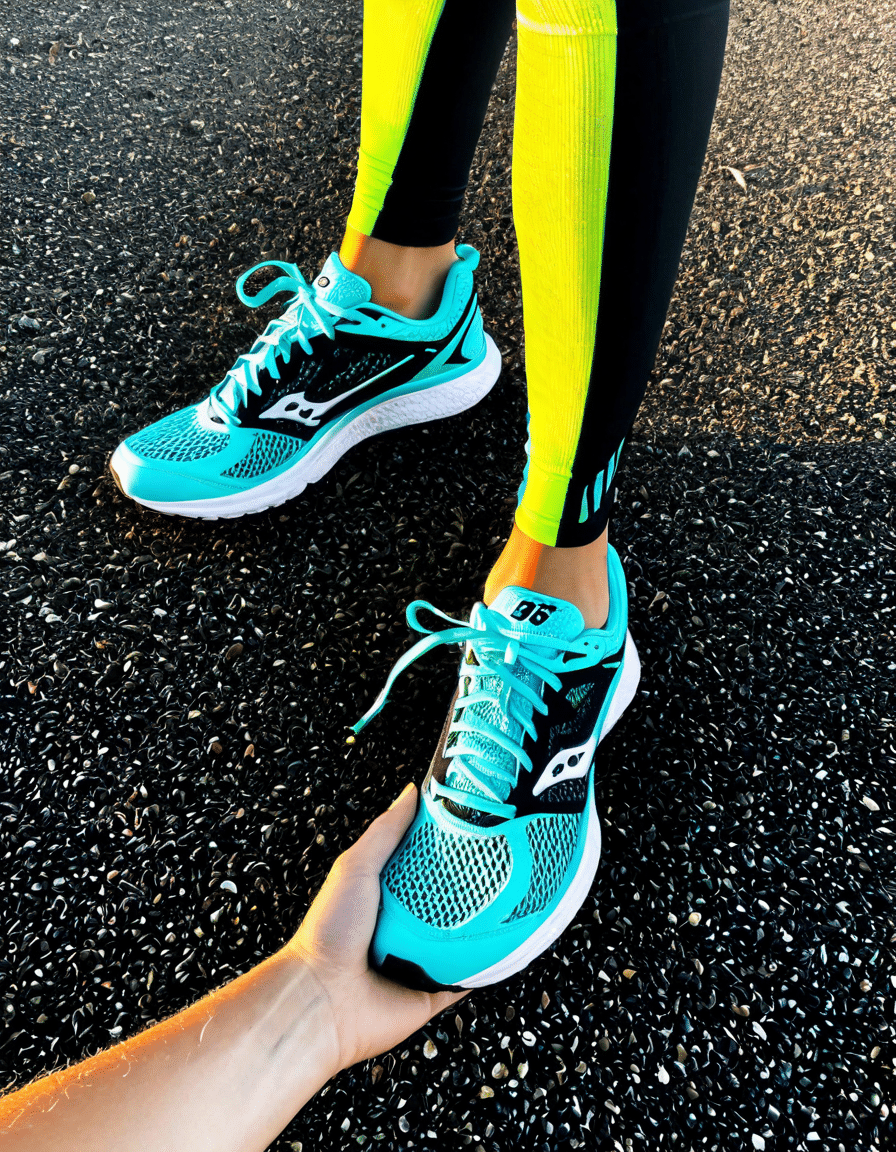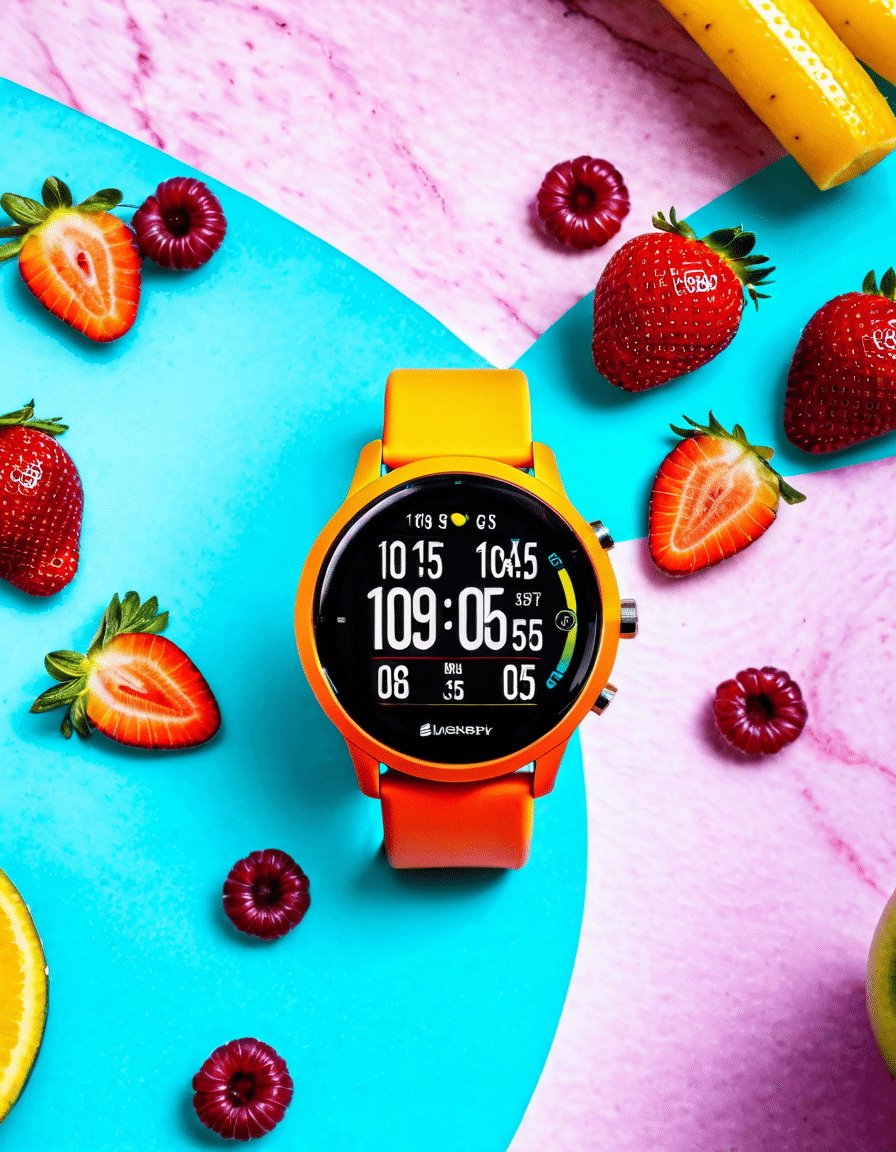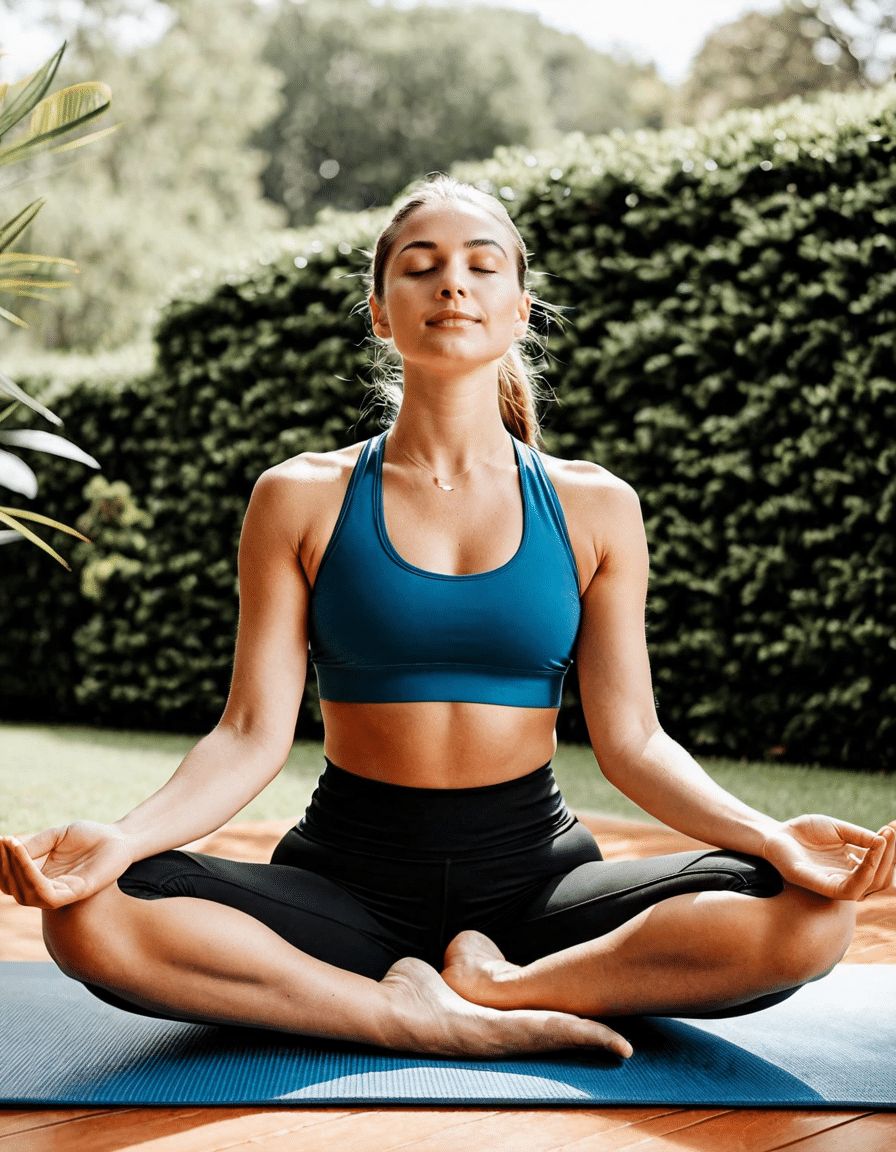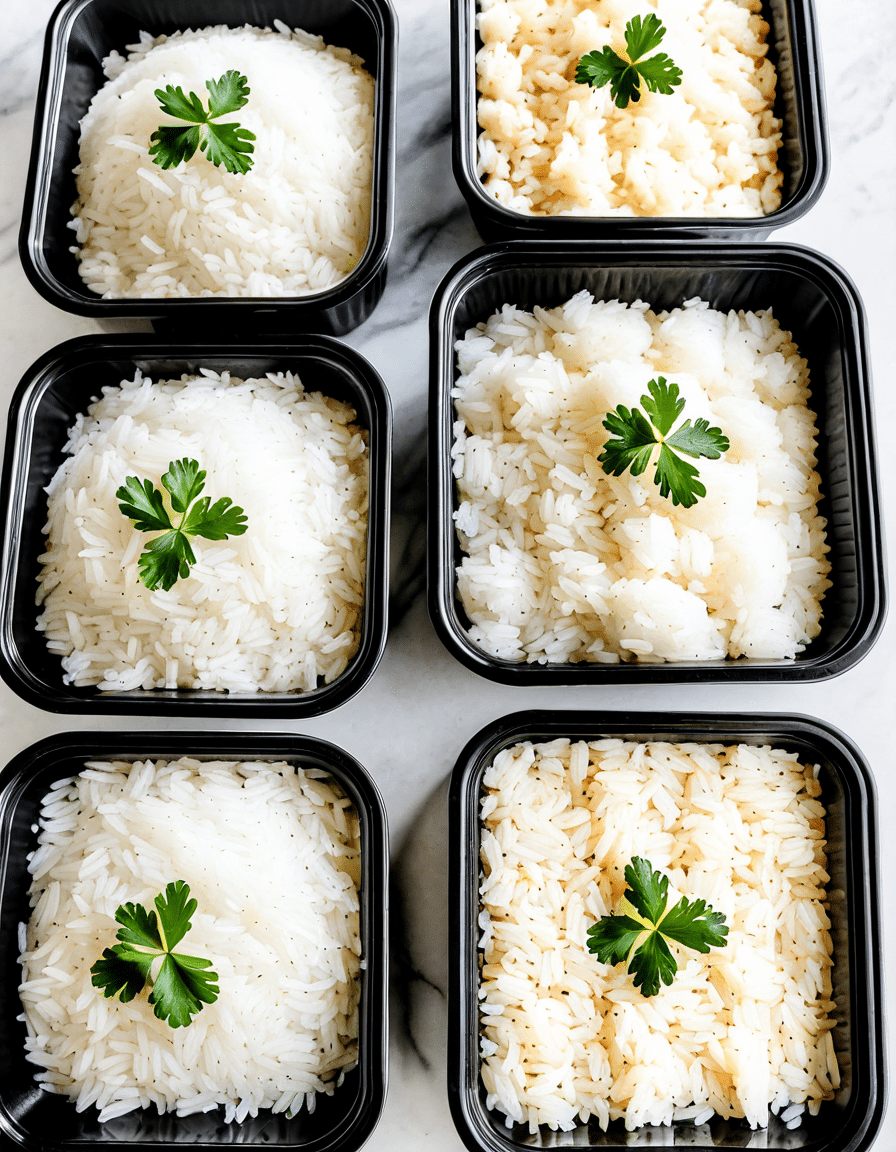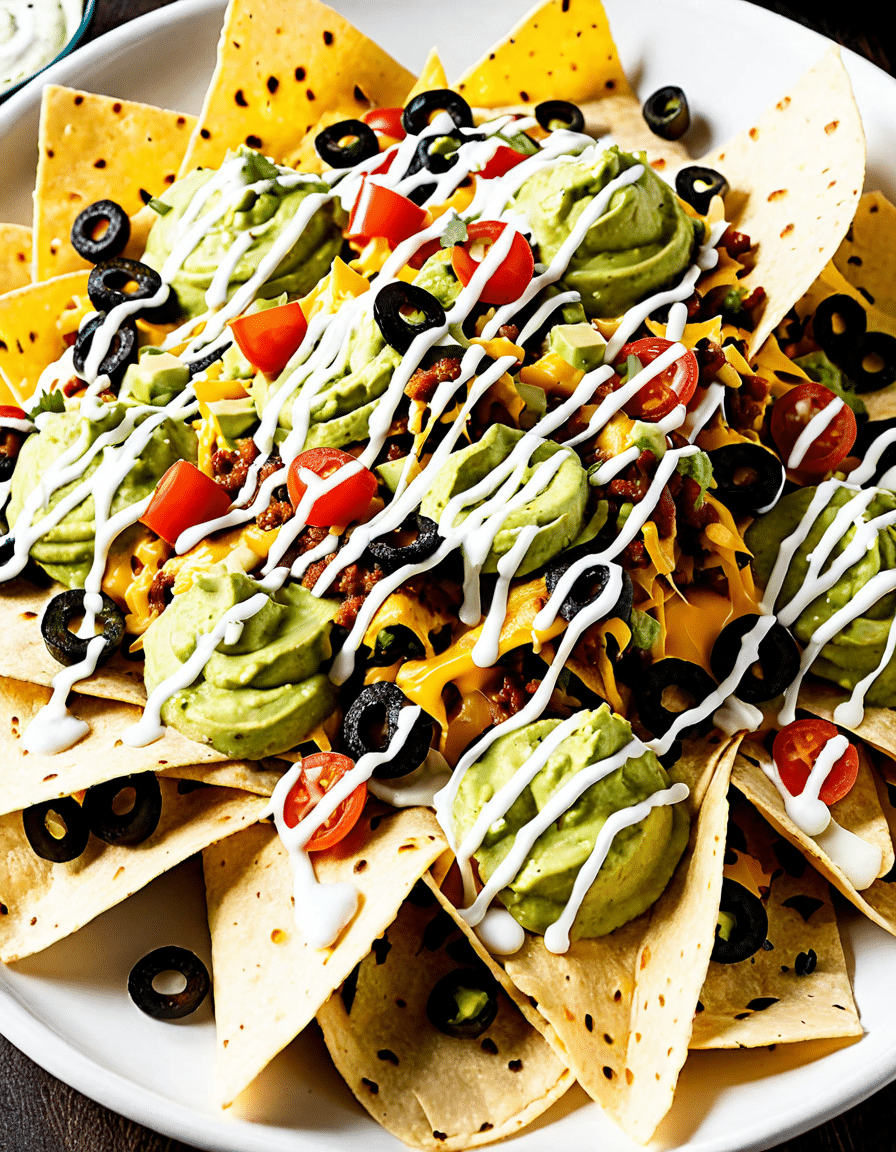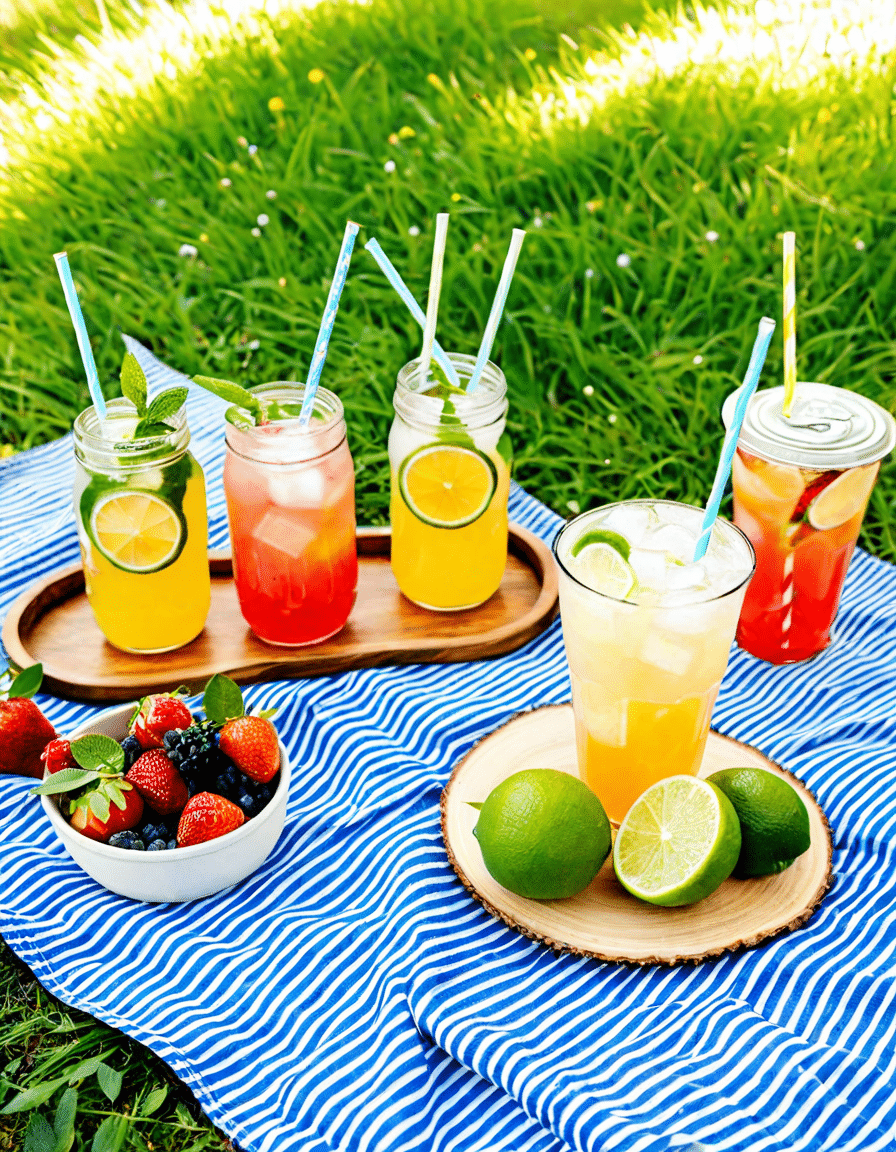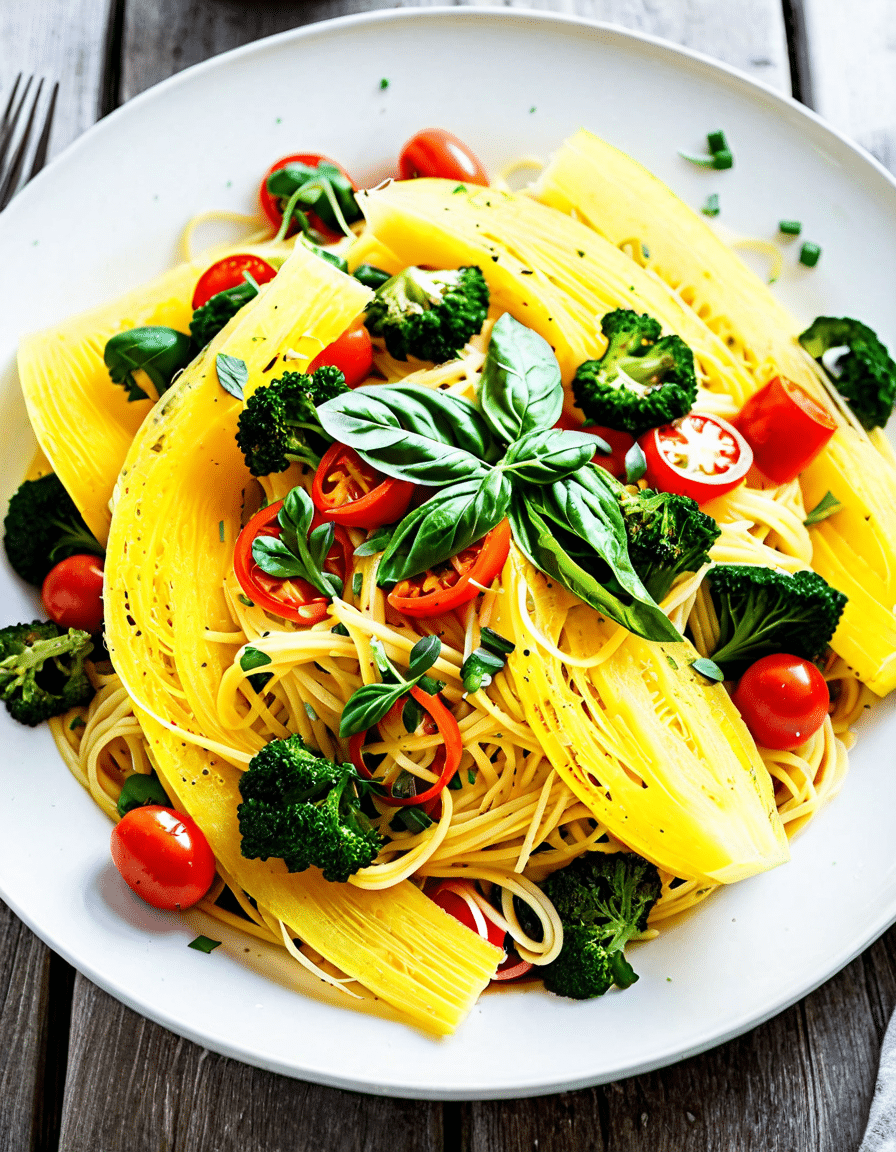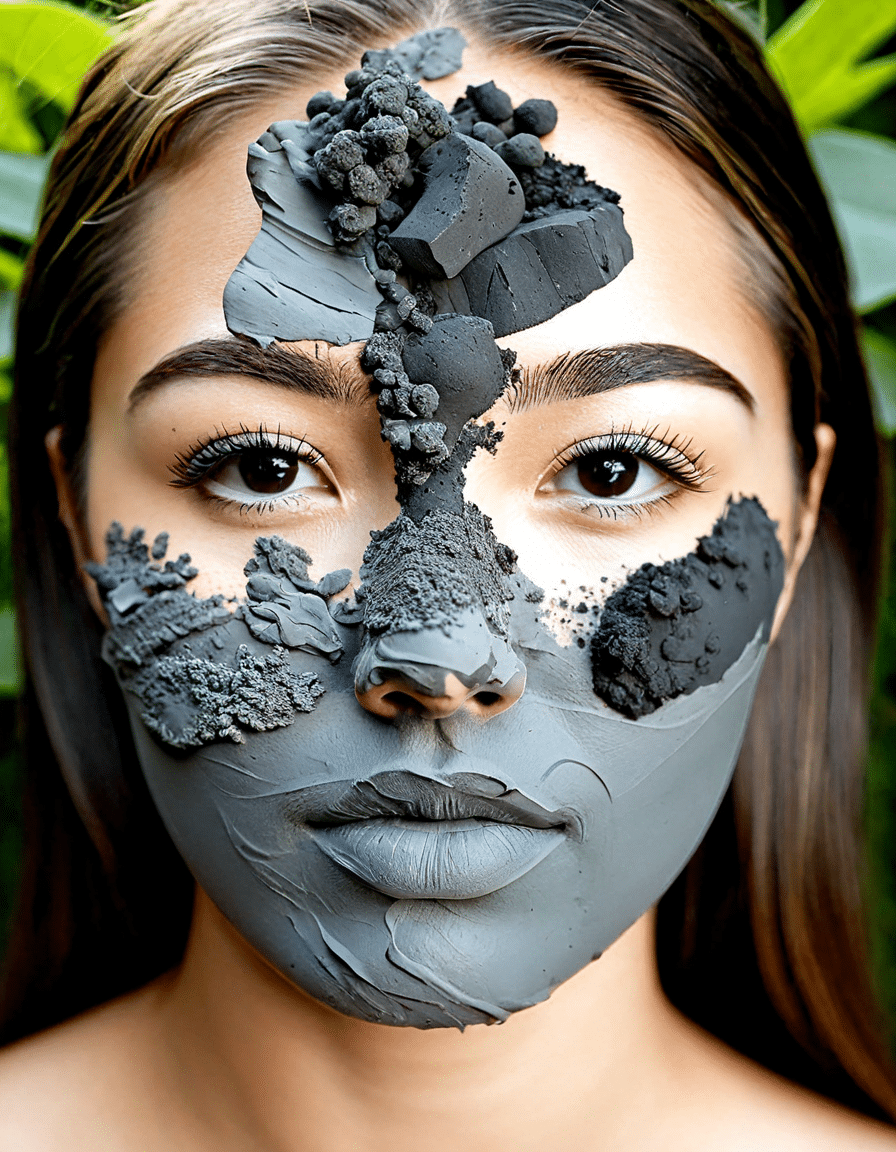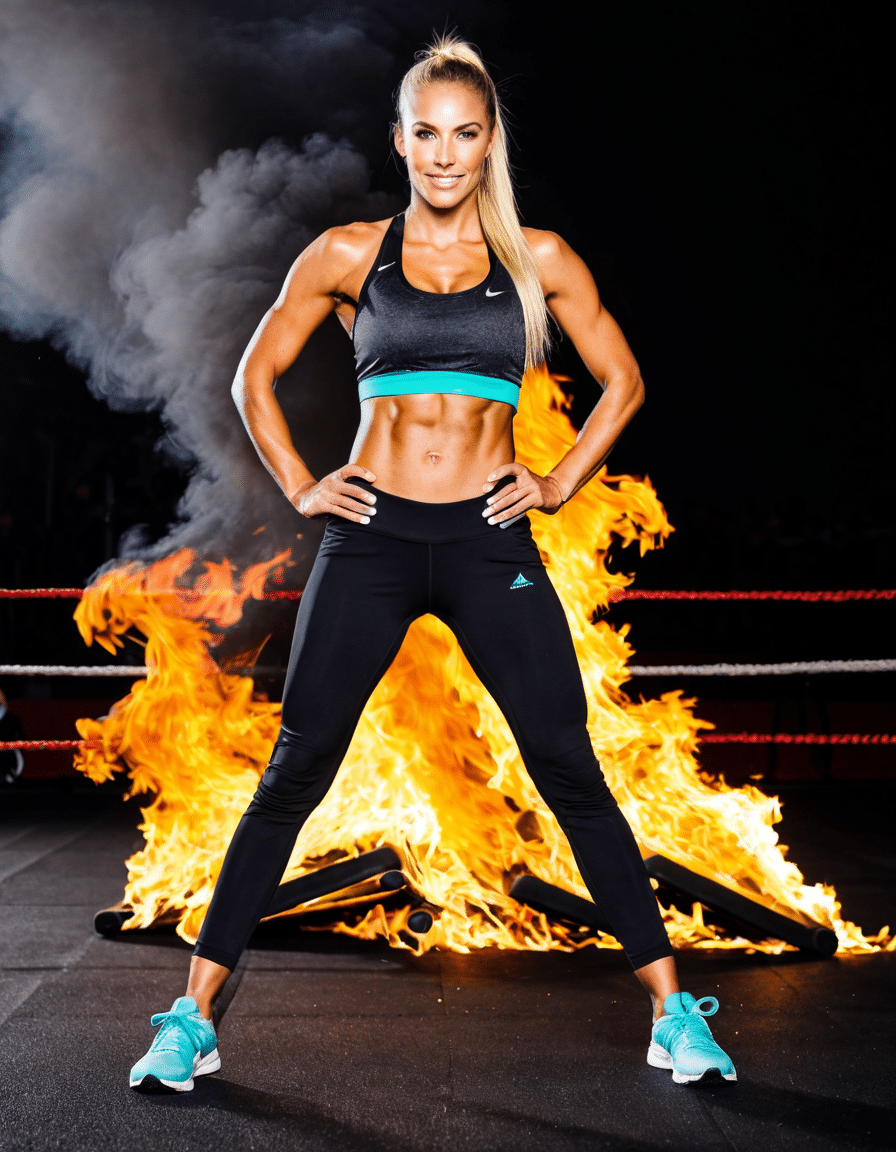Getting the measurements right in baking is crucial. Trust me; you don’t want a dry loaf of bread or an ill-fated cake that collapses in the middle. If you’re aiming for those fitness goals while enjoying delicacies, you gotta know how to convert 1 cup to grams. It can be a game-changer in your quest for deliciousness and health. So, let’s dive into the nitty-gritty of converting common ingredients from cups to grams, ensuring every bite you take gets you closer to that shredded physique and rippling six-pack.
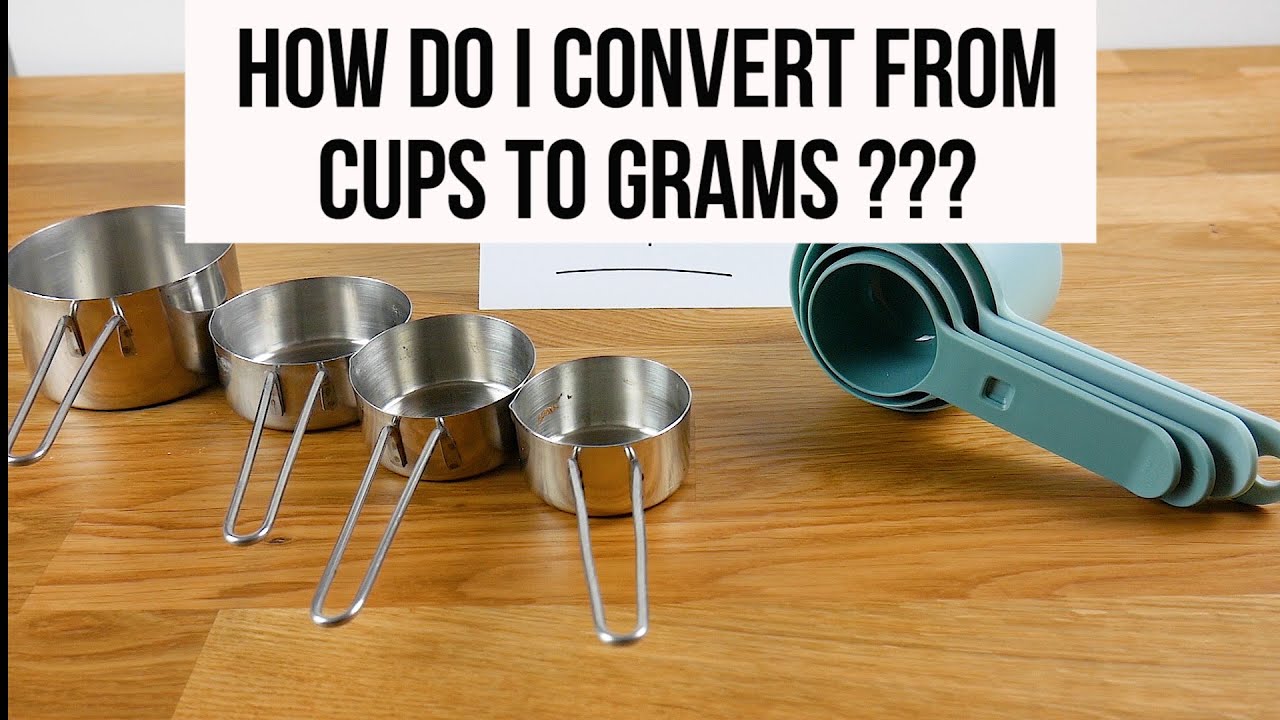
Top 5 Easy Conversions: 1 Cup to Grams
Starting your baking journey? Here are the essential conversions that’ll elevate your creations from mediocre to mouth-watering:
All-purpose flour weighs about 120 grams per cup. This ingredient forms the backbone of many recipes, whether cookies or light cakes. Correctly measuring ensures your goods come out fluffy and airy, just like a well-executed workout routine.
When it comes to granulated sugar, 1 cup equals about 200 grams. This sweetener not only enhances flavor but also plays a vital role in the texture of items like meringues. Nail this measurement, and you’ll be baking delights that hit the right sweet spot.
If you opt for packed brown sugar, 1 cup increases to about 220 grams. Its unique moisture content delivers rich flavors, making precise measurement vital for cookies or moist cakes. Overdo it, and you might end up wrestling with a too-sweet or dense product.
Butter lovers rejoice! When measuring butter, 1 cup is roughly 227 grams. This fat works wonders, adding flavor and comfort to your baked goods, much like that well-loved bench press you can always count on for gains.
If you’re using honey as your sweetener of choice, remember that 1 cup translates to about 340 grams. Honey is thicker and stickier than sugar, so adjusting your quantities can dramatically affect the batter’s consistency. Keep this in mind to maintain the blend’s integrity.
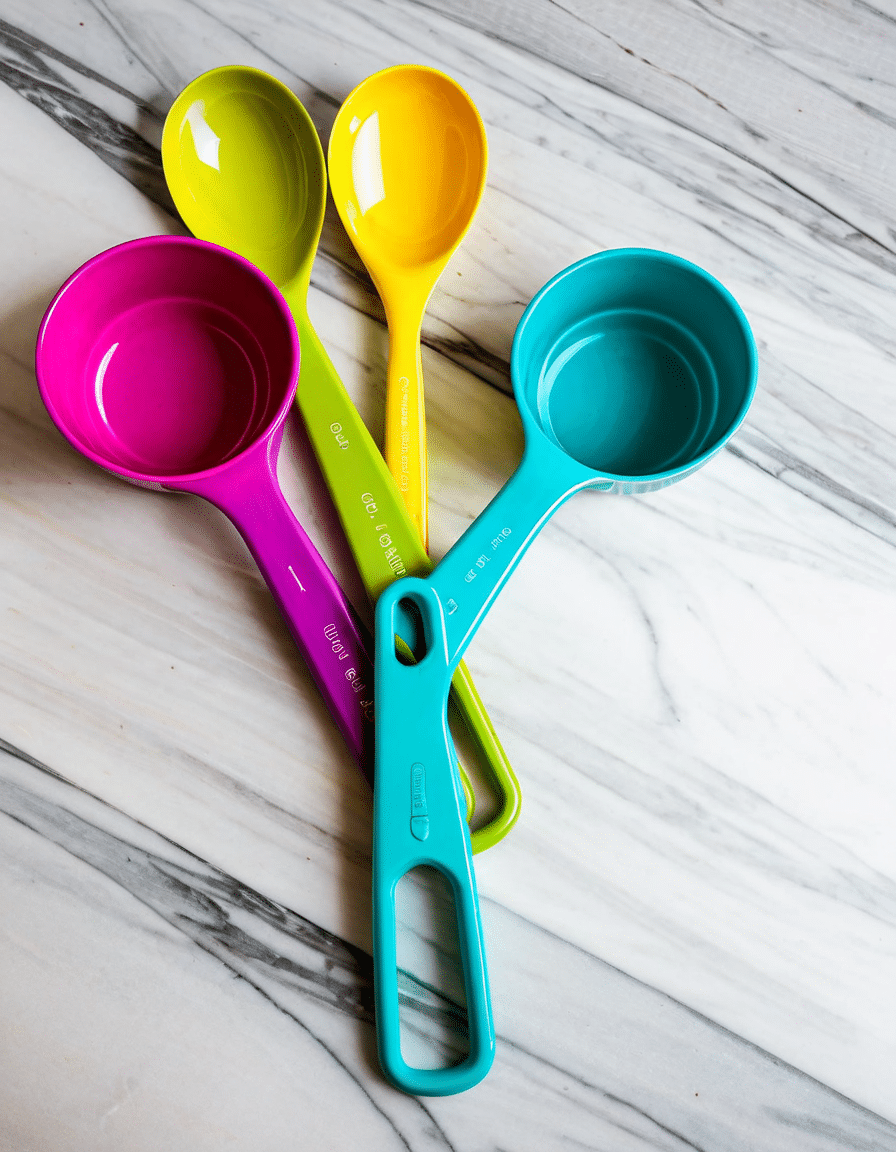
Frequently Asked Conversions: 50 Grams to Cups, 100 Grams to Cups, and More
Sometimes, you’ll need to reverse engineer those measurements. Knowing how to convert grams back to cups can shape your baking success:
For granulated sugar, 50 grams is approximately ¼ cup. This is super handy when you want to adjust sweetness without wasting ingredients.
Approximately ⅞ cup of all-purpose flour equals 100 grams. This fine-tuning is essential for recipes where dry ingredients need to shine.
On your journey to sweet success, 200 grams of granulated sugar translates neatly into 1 cup. This is perfect when making cakes or cookies where sugar is paramount.
This quantity often applies to flour or powdered sugar, translating to just over 2 cups. If you’re scaling things up for a party, this helps big-time.
Water, a cornerstone of any baking venture, amounts to about 1.3 cups when you hit 300 grams. The right hydration makes a difference in doughs and batters that demand balance.
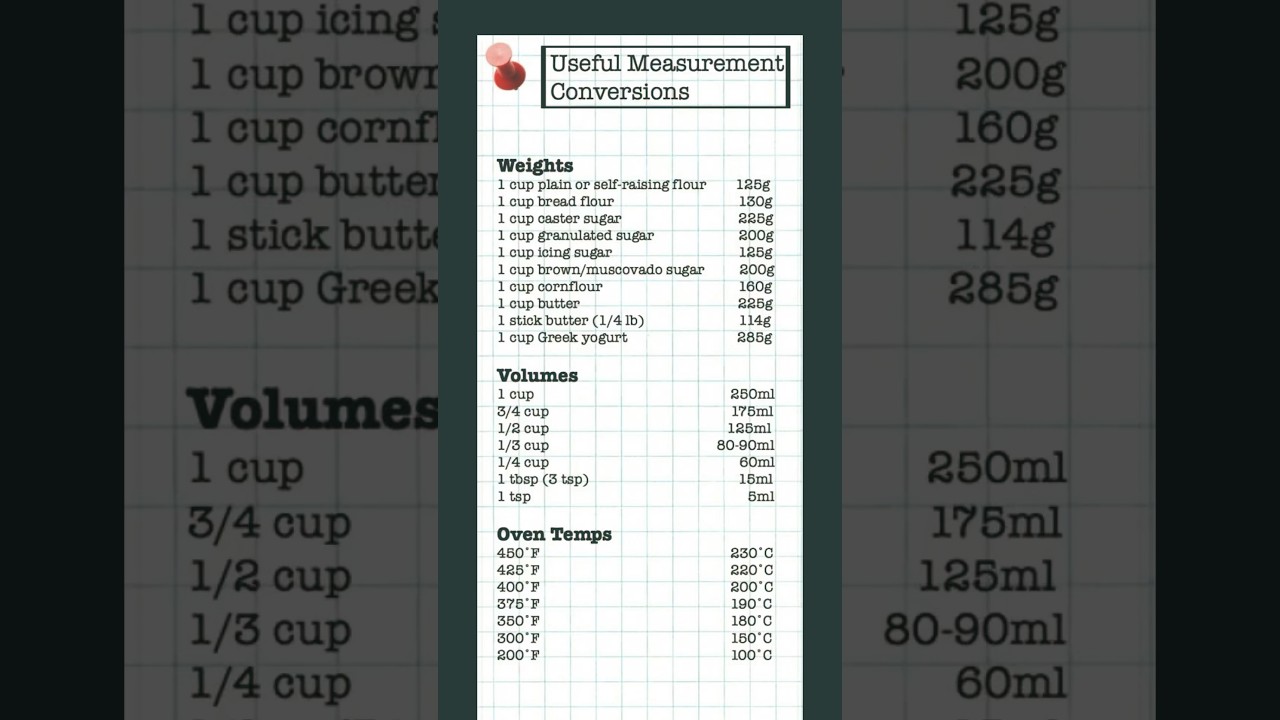
Liquid Measurements: Milliliters to Cups
Let’s not forget about the liquid components! Converting milliliters to cups can simplify any recipe:
Here’s a quick one: 250 ml is equal to 1 cup. Whether it’s milk, water, or broth, keeping your measurements spot-on is key to consistency.
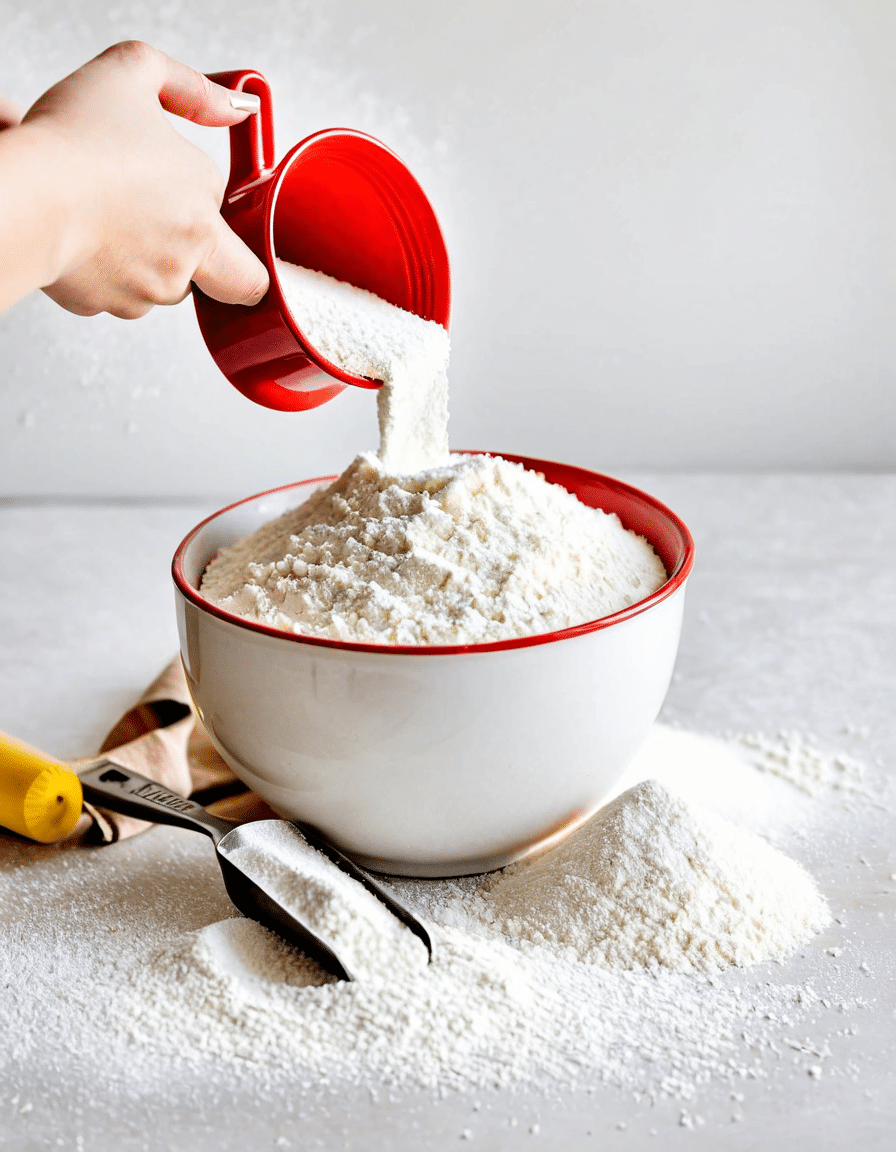
Precision for Perfect Baking: Why it Matters
Why does precision matter in baking? Unlike cooking where you can eyeball, baking is a science! The exact ratios of flour, sugar, butter, and eggs directly influence texture and taste. Just like how you can’t skip leg day if you want to achieve that shredded look, you can’t skip precision if you want to ace baking.
Famed pastry chef Dominique Ansel, known for creating the Cronut, emphasizes calculated ingredient amounts for success. Just one minor mismeasure can steer a mighty recipe off course. By understanding these conversions, you unlock the secrets to baking that not only impresses but also tantalizes the taste buds!
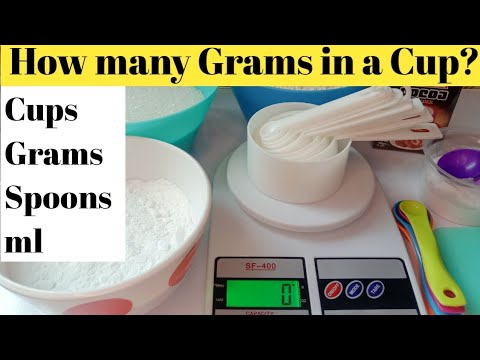
Craft Your Baking with Confidence
Knowing accurate conversions takes your baking from amateur to artisan. Understanding how to pivot measurements effectively empowers you to tackle new recipes without flinching. With consistent practice and hands-on baking, you’ll develop a baker’s intuition—knowing just how much more flour to add to achieve a silky batter.
Dive deeper into your baking education by gardening your knowledge of measurements. Enjoy the delightful fruits of your labor with beautifully baked goods that leave your taste buds dancing. So, the next time you focus on that perfect layer cake or irresistible cookies, remember: mastering these conversions is your first step to baking bliss!
With your newfound skill set in 1 cup to grams conversions and a dash of passion, you’re ready to tackle any recipe in the kitchen, fitness goals in tow while you whip up something sweet to enjoy!
You got this; now go crush those baking challenges, and always strive for that perfect result. Remember, just like training hard, baking right means performing with purpose. Let each conversion guide you to your next delicious triumph! Keep challenging yourself, and keep baking—because perfection doesn’t happen overnight. It happens one cup at a time!
1 Cup to Grams: Fun Trivia and Interesting Facts
The Basics of Measurement
Did you know that converting 1 cup to grams isn’t just about baking? It’s a fundamental skill that can help ensure culinary success. The science of measurement largely depends on the ingredient being used. For example, a cup of flour weighs about 120 grams, while a cup of sugar is around 200 grams! In baking, accuracy is key, as even slight variations can lead to a cake that falls flat—literally. Taking a moment to check how much 500 grams translates to cups can save you a world of trouble. Just like understanding the importance of fitness equipment, like the back extension machine for core stability, mastering conversions can enhance your baking prowess.
The Fun Side of Baking Conversions
Here’s a fun tidbit: baking is often likened to chemistry. You need the right combination of ingredients and measurements to get it just right. On another note, you might find it interesting that different ingredients can have different density levels. For instance, knowing that 1 cup of packed brown sugar weighs about 220 grams can make all the difference. Imagine trying to bake a cake without the right ingredient ratios! Just like knowing if your chai has caffeine can change your coffee shop order, getting your measurements right is crucial. With a little knowledge, turning out pastries that would make même Léa Seydoux proud is totally achievable.
Tips for Accurate Baking
When you’re just diving into these conversions, keep in mind that the technique of measuring wet versus dry ingredients differs significantly. For liquids, 1 cup typically weighs close to 240 grams, while powders like flour and cocoa powder need a precise scoop or spooning method to avoid overpacking. It’s all about finesse! Plus, if you’ve got a bit of a sweet tooth, knowing how to convert between grams and cups can help with making that perfect batch of cookies. You wouldn’t want to end up with a mess that requires tricky intertrigo treatment, right?
To round it off, here’s a quirky thought—why not add a report on new hair trends, like an ash blonde hair color, to your recipe notes? It makes for a great segue while those cakes are rising. When you’re all set with your ingredients, you can kick back, relax, and maybe even treat yourself to a Dooney And Bourke bag after your baking success. Who said that converting 1 cup to grams couldn’t be fun?
